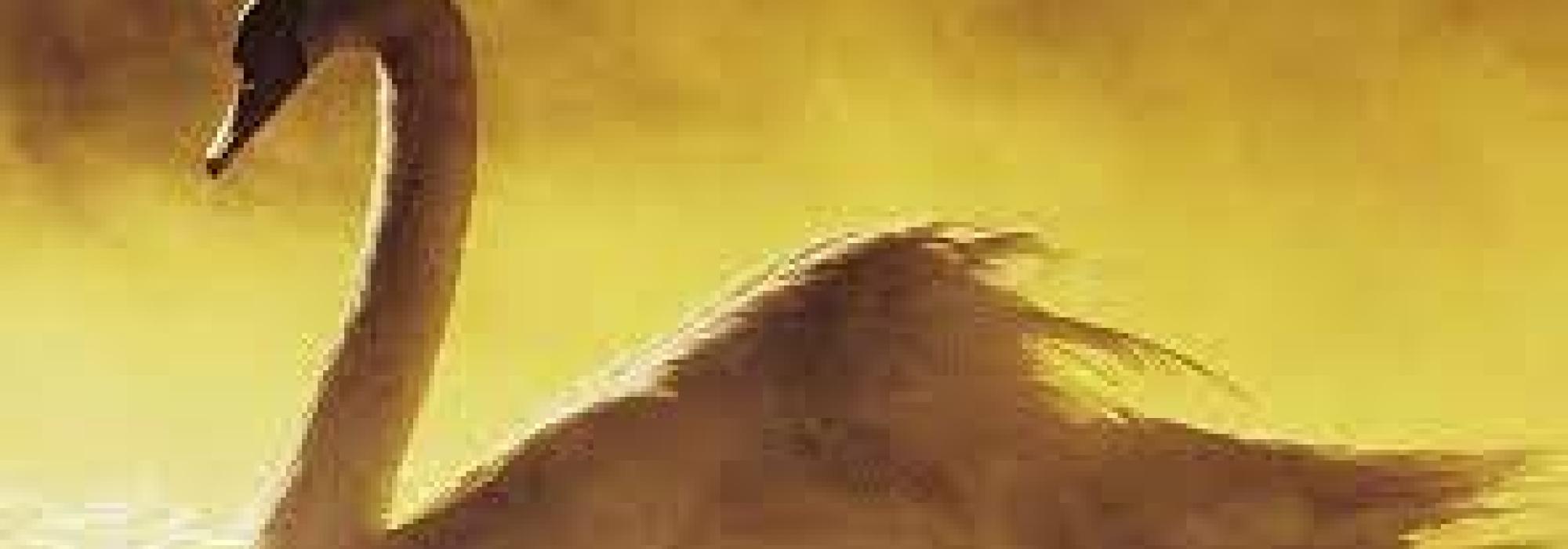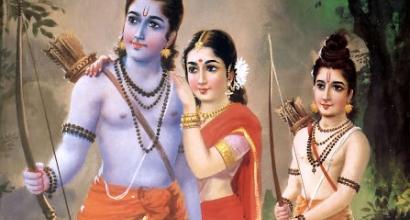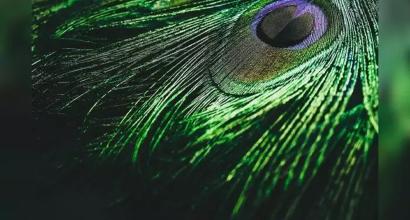India seems to be the only civilization that has philosophically contemplated upon the nature of Ānanda and realised it to be the ultimate outcome of art. Ānanda, which transcends time and space, is the untainted Joy evoked through art – this fundamental principle does not appear to have been expressed in clear terms in other civilizations. Additionally, the process of arriving at this – the prakriyā – is also not adequately delineated[1]. In the Western world, philosophy of art appears to be an amalgamation of different points of view held by aestheticians at different points of time. Aesthetics seems to be subjective to the aesthetician. Just as Western philosophy does not converge at a single point, Western aesthetics too is a disorganized array of thoughts. Its conceptions appear far removed from the untainted Joy that Indian aesthetics talks about. Several Western arts have been greatly influenced by Christianity and therefore their very conception of Ānanda[2] seems to be flawed. Abrahamic religions consider joy a sin. And as if to add to this tragedy, communism and capitalism, which claim to do away with prophets and their religions, are focused largely on the material world. They have been unable to think beyond the ephemeral world and realise the concept of Ānanda that transcends all opposites. At the most, the isms have badly exploited art for meeting their ulterior motives. Communism has always abused art by enslaving it for the purposes of propaganda and brainwashing, while capitalism has hijacked art for minting money. ‘Humanism’ is after all an addendum to the materialistic perspective of the world and is hardly an equivalent of the philosophy of Ānanda. What’s more, the concept of having ‘Art for art’s sake’ has only resulted in perversions and eccentricities. It doesn’t appear to have enriched the essence of Western art or life. It is our misfortune that, of late, many of these perversions have made their way into the Indian society as well.
~
Every artiste faces the challenge of making his art ‘relevant’ to his times (in a material sense). Novelty and independent thought are two indispensable dimensions of contemporaneity and this makes artistes wonder what the nature of their artistic innovation should be. Many artistes struggle to bring ‘contemporary relevance’ to their art – this is especially true regarding those pursuing classical literature, music, painting, sculpture, dance, and theatre art. Non-classical forms of art lend themselves better for bringing out contemporary relevance. Therefore, novels, short stories, light music, movies, and social plays can adopt themes that are relevant to the present day. They can successfully depict conflict of values and socio-political questions. In classical art, on the other hand, the manner in which these details are handled is completely different. The difficulties and obstacles faced by classical art are of a different kind.
Art that aims at addressing a social problem will be relevant only as long as the problem exists in the society. Once the problem is solved, art loses its relevance as well. It will remain only as a thing of historical or academic interest. Isn’t this a kind of lifelessness? Art becomes a museum piece. In other words, art which tries to deal with a social problem dies when the problem is solved. Art, thus, loses it immortality.
Rasa is the only and the ultimate purpose of art. Rasa paves a path that leads its connoisseur towards Ānanda. It is independent of the structure of the art. Govind Chandra Pande, a great scholar and aesthetician, says that every genre of art is made of two components, namely its rūpa (form) and Rasa. Ananda Coomaraswamy terms these as ‘structure’ and ‘substance.’ Ancient Indian aestheticians identify the two principles as śabda (sound) and artha (sense) and go further by offering more accurate nomenclature as vakratā (oblique expression) and Rasa (aesthetic experience). This can also be termed as ākṛti (expression/ form) and āśaya (experience/ intent)
Classical and non-classical arts differ from each other both in form and content. The medium of the art is its structure and the Joy it evokes is its essence. Loka-dharmī is dominant in non-classical art. Loka-dharmī in such art is a product of the particular time and space in which the art is presented. People can understand non-classical art with hardly any effort, as it bears great semblance to their daily life. This is the advantage of every art that is tied to spatio-temporal co-ordinates specific to its performance. Classical art, on the other hand, is not bound by the constraints of time and space. It transcends the spatio-temporal duality. Naturally, classical art does not have the advantages that a non-classical art possesses. We must undertake an exclusive study of its form. Once the form is understood, the essence will reveal itself effortlessly.
One must keep in mind that it is not easy to analyse the structure of different classical arts. This is because their structure was not contemporary to any space or time. For instance, the Kannada language that Pampa (circa 10th Century CE) uses for writing his epic poem was not contemporary to him at all. To establish this point, it would be worthwhile comparing the Kannada used by the vacanakāras and the Kannada used by Pampa. The vacanakāras (circa 11th-12th Century CE) are closer in time to Pampa than to us. The language of the vacanakāras bears close semblance to today’s spoken Kannada. It does not, however, mean that their language got its form in no time. Jeḍara-dāsiyamayya, the earliest vacanakāra, employs a language that is closer in its grammatical structure and vocabulary to the Kannada that we speak today. In fact, similar tendency is found in several inscriptions[3]. However, Pampa’s Kannada is not of this kind – he seems to have used a kind of classical language, which he has sculpted in his works. He has inherited this from poets like Śrīvijaya, Guṇavarma, Asaga, and others who lived before his times. Neither does this mean that Pampa’s Kannada is totally orthogonal to the worldly language nor does it suggest that it is other-worldly. His language, in a sense, is alaukika i.e., transcends the utilitarian world. The same can be said of the Sanskrit language employed by Kālidāsa and Bāṇa-bhaṭṭa, and the Kannada used by Kumāravyāsa (15th Century CE) and Kuvempu (K V Puttappa, 20th Century CE).
To be continued...
This series of articles is authored by Shatavadhani Dr. R Ganesh and have been rendered into English with additional material and footnotes by Arjun Bharadwaj. The article first appeared in the second edition of the anthology Prekṣaṇīyaṃ, published by the Prekshaa Pratishtana in December 2022.
[1] Though there is no denying the fact that flashes of this realisation are seen in the works of great thinkers of the West too, documentation and transmission in an unbroken lineage is not found there. Moreover, the clarity that one gets about form, content, process, experience and philosophy of art by going through seminal works like Nāṭyaśāstra and Dhvanyāloka, is hard to be gained by going through the works of Western aesthetics.
[2] The words Ānanda, untainted Joy, Absolute Joy, and Bliss are used as equivalents in this article and elsewhere in the book too
[3] For instance, a tripadi found in Kappe Arabhaṭṭa’s inscription at Badami, belonging to the circa 700 CE, reads the following. ‘ಸಾಧುಗೆ ಸಾಧು, ಮಾಧುರ್ಯಂಗೆ ಮಾಧುರ್ಯಂ, ಬಾಧಿಪ್ಪ ಕಲಿಗೆ ವಿಪರೀತನ್। ಕಲಿಯುಗ ಮಾಧವನಲ್ಲದೆ ಪೆರನಲ್ಲ’ [IAST: sādhugè sādhu, mādhuryaṃgè mādhuryaṃ, bādhippa kaligè viparītan। kaliyuga mādhavanalladè pè ranalla]. The Kannada language used by him about thousand three hundred years ago bears quite some semblance with the Kannada used today.











































